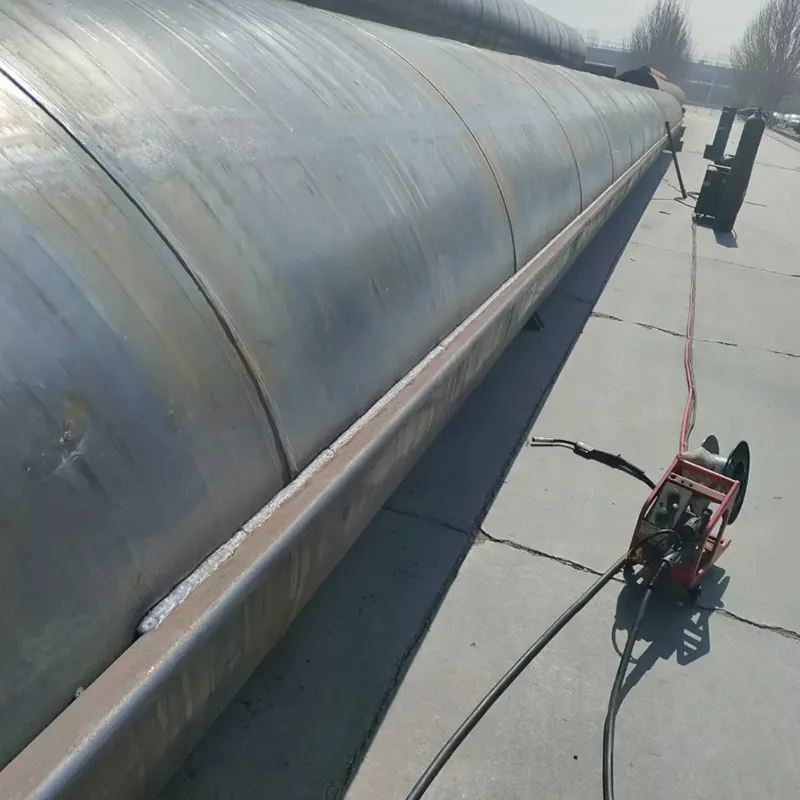-
Cangzhou Yulong Steel Co., Ltd.
-
Phone:
+86 13303177267 -
Email:
admin@ylsteelfittings.com
- English
- Arabic
- Italian
- Spanish
- Portuguese
- German
- kazakh
- Persian
- Greek
- French
- Russian
- Polish
- Thai
- Indonesian
- Vietnamese
- Zulu
- Korean
- Uzbek
- Hindi
- Serbian
- Malay
- Ukrainian
- Gujarati
- Haitian Creole
- hausa
- hawaiian
- Hebrew
- Miao
- Hungarian
- Icelandic
- igbo
- irish
- Japanese
- Javanese
- Kannada
- Khmer
- Rwandese
- Afrikaans
- Albanian
- Amharic
- Armenian
- Azerbaijani
- Basque
- Belarusian
- Bengali
- Bosnian
- Bulgarian
- Catalan
- Cebuano
- China
- China (Taiwan)
- Corsican
- Croatian
- Czech
- Danish
- Esperanto
- Estonian
- Finnish
- Frisian
- Galician
- Georgian
- Kurdish
- Kyrgyz
- Lao
- Latin
- Latvian
- Lithuanian
- Luxembourgish
- Macedonian
- Malgashi
- Malayalam
- Maltese
- Maori
- Marathi
- Mongolian
- Myanmar
- Nepali
- Norwegian
- Norwegian
- Occitan
- Pashto
- Dutch
- Punjabi
- Romanian
- Samoan
- Scottish Gaelic
- Sesotho
- Shona
- Sindhi
- Sinhala
- Slovak
- Slovenian
- Somali
- Sundanese
- Swahili
- Swedish
- Tagalog
- Tajik
- Tamil
- Tatar
- Telugu
- Turkish
- Turkmen
- Urdu
- Uighur
- Welsh
- Bantu
- Yiddish
- Yoruba

Oct . 15, 2024 00:04 Back to list
Similar Standard EN1092 for Flanges and Fittings in Industrial Applications
Understanding EN 1092-12005 and Its Implications in Industrial Applications
The EN 1092-12005 standard is a crucial specification in the design and manufacturing of flanges for piping systems within various industries. This standard, established by the European Committee for Standardization (CEN), outlines the general requirements for circular flanges, including their dimensions, pressure ratings, and materials. This article delves into the key aspects of EN 1092-12005, illustrating its significance for engineers and manufacturers in ensuring safety, compatibility, and efficiency in industrial applications.
Background of EN 1092-12005
The EN 1092-1 standard was developed to harmonize flange designs across Europe, providing a framework that allows for the interoperability of piping systems. Before the establishment of this standard, discrepancies in flange dimensions, bolt hole placements, and pressure ratings could lead to compatibility issues between components from different manufacturers. EN 1092-1 sought to eliminate these inconsistencies by offering a reliable reference point, thereby enhancing safety and efficiency in various applications.
Key Components of EN 1092-12005
1. Flange Types and Design EN 1092-1 specifies several types of flanges, including flat, raised face, and necked flanges, accommodating various installation needs. The standard provides detailed drawings and dimensional tables that dictate flange thickness, outer diameter, and bolt hole sizes. Engineers must adhere to these specifications to ensure that flanges can be effectively mated with corresponding components in piping systems.
2. Pressure Ratings The standard categorizes flanges according to their pressure-temperature ratings, which are vital for determining their suitability for specific applications. It provides guidelines on the maximum allowable working pressure (MAWP) and temperature limits, ensuring flanges can withstand the operational demands without risk of failure.
en1092 1 05

3. Material Specifications EN 1092-1 outlines the materials acceptable for flange production, encompassing various grades of carbon steel, stainless steel, and special alloys. The choice of material is crucial as it affects not only the flange’s performance but also its resistance to corrosion, heat, and mechanical stress. The standard ensures that manufacturers select appropriate materials that comply with industry requirements.
4. Testing and Quality Assurance Compliance with EN 1092-1 requires rigorous testing and quality assurance protocols. Manufacturers must conduct a series of tests to verify the physical and mechanical properties of the flanges, ensuring that they meet the established criteria. This includes non-destructive testing methods to detect any flaws that could compromise safety and functionality.
Importance of Compliance
Adhering to the EN 1092-12005 standard is not merely a matter of regulatory compliance; it is essential for maintaining system reliability and safety. In industries such as oil and gas, chemical processing, and water treatment, the integrity of piping systems directly impacts operational efficiency and safety. Flanges that do not conform to this standard can lead to leaks, catastrophic failures, and environmental hazards.
Furthermore, compliance with EN 1092-1 facilitates smoother procurement processes. For operators and engineers, the assurance that flanges meet a common quality standard allows for easier sourcing and reduces the risk of unexpected operational issues. This is particularly important in global supply chains, where components are often sourced from various manufacturers.
Conclusion
The EN 1092-12005 standard plays a pivotal role in the design, manufacture, and application of flanges in industrial piping systems. By establishing clear guidelines on dimensions, materials, and testing requirements, it enhances safety, compatibility, and operational efficiency across various sectors. Engineers and manufacturers must recognize the importance of this standard not only for compliance but for the overall reliability of their systems. Embracing these guidelines ensures that industries can operate safely and effectively, protecting both personnel and the environment while maintaining high standards of performance and reliability.
Latest news
-
ANSI 150P SS304 SO FLANGE
NewsFeb.14,2025
-
ASTM A333GR6 STEEL PIPE
NewsJan.20,2025
-
ANSI B16.5 WELDING NECK FLANGE
NewsJan.15,2026
-
ANSI B16.5 SLIP-ON FLANGE
NewsApr.19,2024
-
SABS 1123 FLANGE
NewsJan.15,2025
-
DIN86044 PLATE FLANGE
NewsApr.19,2024
-
DIN2527 BLIND FLANGE
NewsApr.12,2024
-
JIS B2311 Butt-Welding Fittings LR/SR 45°/90° /180°Seamless/Weld
NewsApr.23,2024











